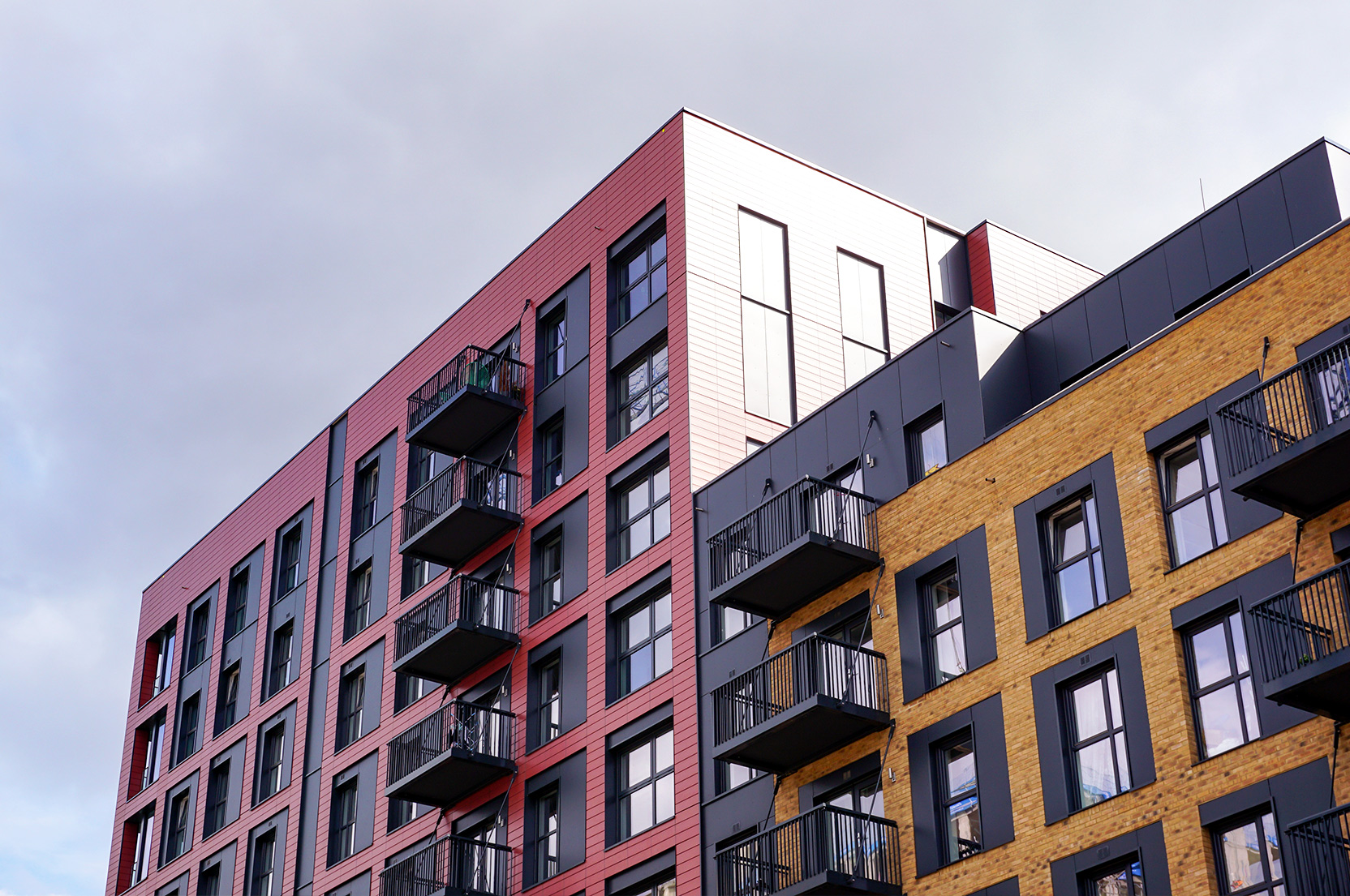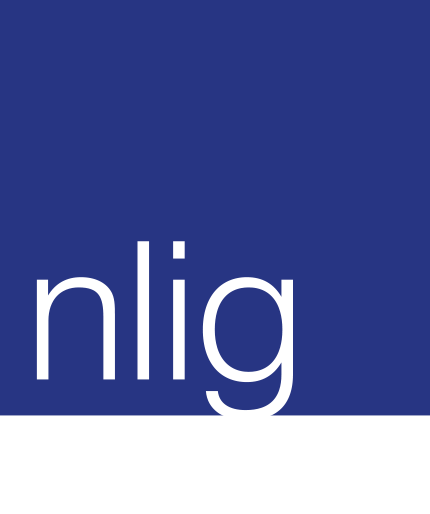New fire safety regs for residential blocks of flats

New fire safety regulations have come into force in England, following the recommendations made to the government in an independent report about fire safety in buildings in phase one of the Grenfell Tower Inquiry.
The new regulations apply to all multi-occupied residential buildings with common parts, with stricter requirements for high-rise residential blocks of flats. In particular, the new regulations apply to freeholder owners, management companies and agencies who manage residential blocks of flats and others defined as the ‘responsible person’ in respect of fire safety. They are also relevant to leaseholders, who should ensure the freeholder or appointed management company is complying with the new statutory requirements for fire safety.
Fire safety requirements
The new regulations require the ‘responsible person’ in multi-occupied residential buildings to provide:
- fire safety instructions to residents (including how to report a fire and what to do in the event of a fire i.e. the evacuation strategy)
- information to residents relating to the importance and operation of fire doors
- all key information on an annual basis.
High rise buildings
In the case of residential buildings above 11 metres in height, annual checks of flat entrance doors and quarterly checks of fire doors in common areas are required. In the case of high rise residential buildings at least 18 metres in height or seven storeys high, however, responsible persons are now required to fulfil much wider criteria. These include:
- Building plans: the local Fire & Rescue Service must be provided with up-to-date electronic building floor plans and a hard copy of the plans, along with a one page building plan that identifies firefighting equipment, which must be kept in a secure Information Box on-site.
- External walls: Fire & Rescue Services must also be given information about the design and materials used in the building of a high-rise building’s external wall system and any material changes that have been made. They should also be advised on the level of risk that the design and materials may pose and any mitigating steps taken.
- Lifts and fire-fighting equipment: monthly checks should be carried out on the operation of lifts that firefighters would use, evacuation lifts and any other key pieces of firefighting equipment. Details of defective lifts or equipment must be reported to the local Fire & Rescue Service immediately after detection. If the problem cannot be resolved within 24 hours, the details should be reported as well as being recorded and made available to residents.
- Information boxes: a secure information box must be installed and maintained within the building, containing the name and contact details of the Responsible Person and hard copies of building floor plans.
- Signage: wayfinding signage, visible in low light or smoky conditions, should be installed, identifying flat and door numbers in the stairwells of the relevant buildings.
Next steps
The introduction of the new Buildings Safety Act 2022 has seen many changes occurring through 2023, with particular emphasis on implementing fire safety regulations. If you are a property owner, managing agent or resident, it’s essential that you understand the new regulations and what’s required of you. You should also be aware how the new regulations may affect your property insurance.
To discuss your property insurance and ensure you have the correct level of cover in place, please talk to NLIG. Call us on 01992 703 300 or email us at insurance@nlig.co.uk

